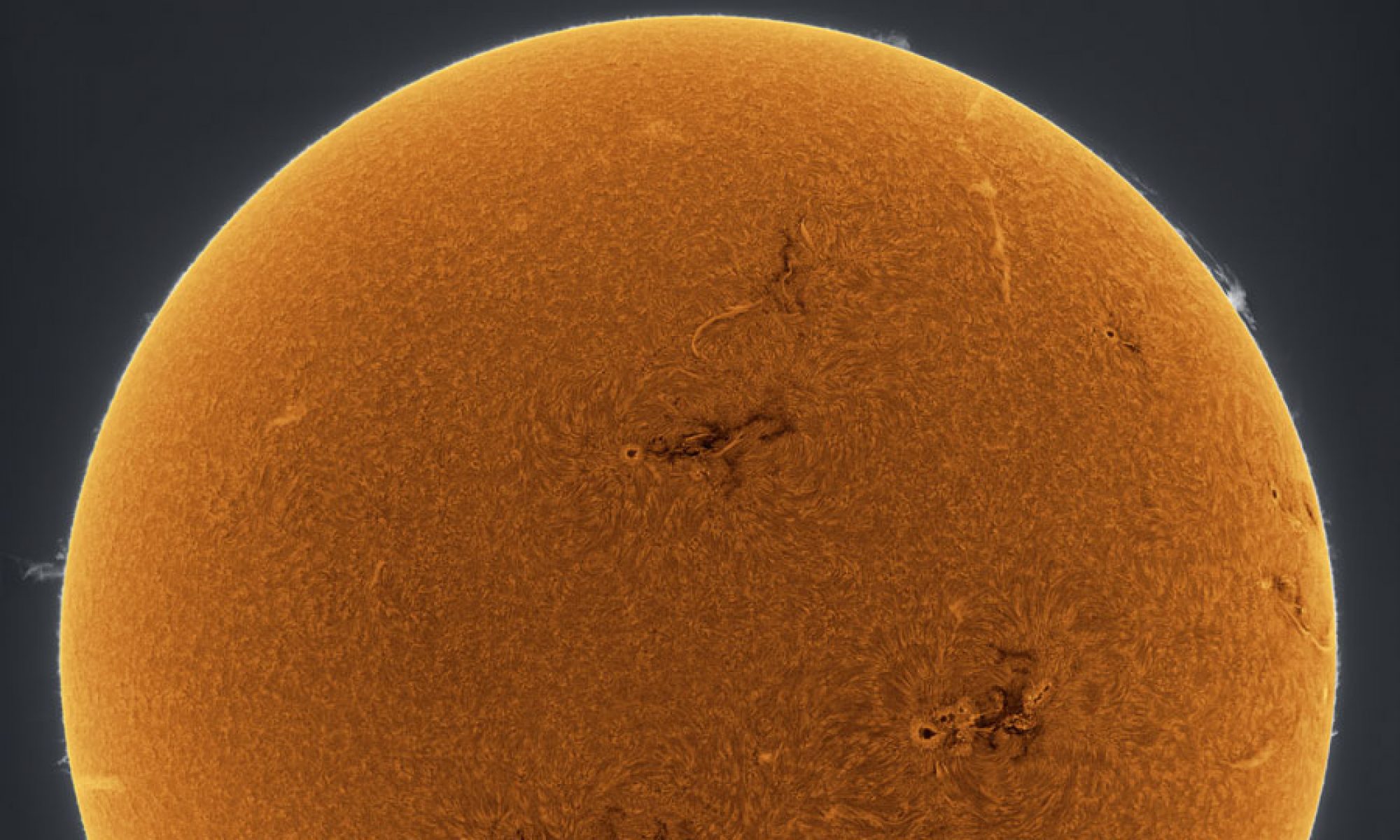"They just didn't understand where Excel would be useful for them."
-Overheard a a recent district tech committee meeting by an individual who recently gave an Excel workshop.1
I, for one, have no problem finding value.
Exhibit A: Iodine Clock Reaction
The Iodine Clock Reaction demonstrates incredibly well the effect that temperature, concentration, and catalysts have upon the rate of a chemical reaction. The results are clear and the reaction itself is a fan favorite (watch it). As a result, I've always included it as a lab. However, it requires preparing a lot of solutions. Added on top of this are the calculations I had to do each year to figure out how much solution to make and the mass of all the reactants I needed. The calculations took almost as long as preparing the solutions (and I have to do them each time around since I have different numbers each semester).
I realized last year that although it would take longer to set up initially, if I could create a spreadsheet that automatically calculates all those amounts for me it would save me boat loads of time in the long run. This semester it took me a grand total of 5 seconds to do all my calculations for this lab. I updated it this year with some conditional formatting that makes sure the total volumes of solution it kicks out provide me with a little extra2.
Check it:
This is a copy of my original spreadsheet, so feel free to kick the tires and look under the hood. If you can think of a better way to do it, I'm open to suggestions. View it in Google Docs if you'd like to play around.
Exhibit B: WolframAlpha
I haven't (along with most of the world) been floored by WolframAlpha. It does some neat tricks, but it isn't (a) easy to use, and it (b) doesn't meet 99% of my searching needs. I used it now and then to find how long I've been alive or what time the sun sets, but that changed when I realized it did some nifty calculations for solutions. Want to calculate how many grams of potassium iodate you need to make 900 mL of a 0.2 Molar solution? Done.

